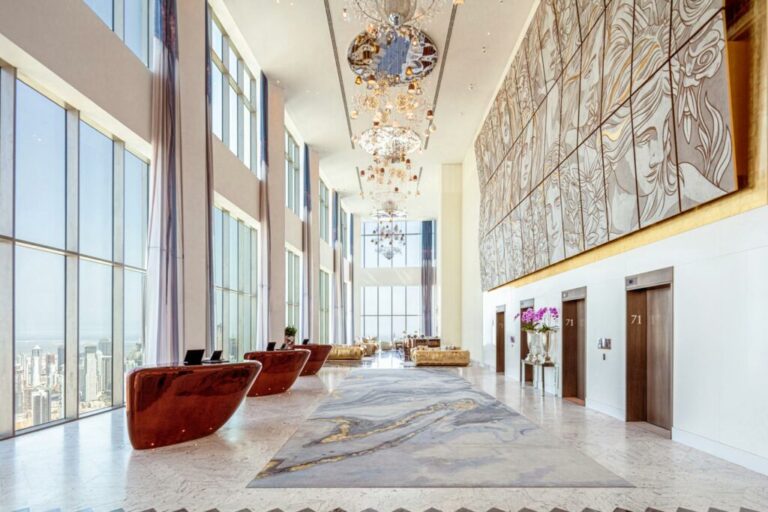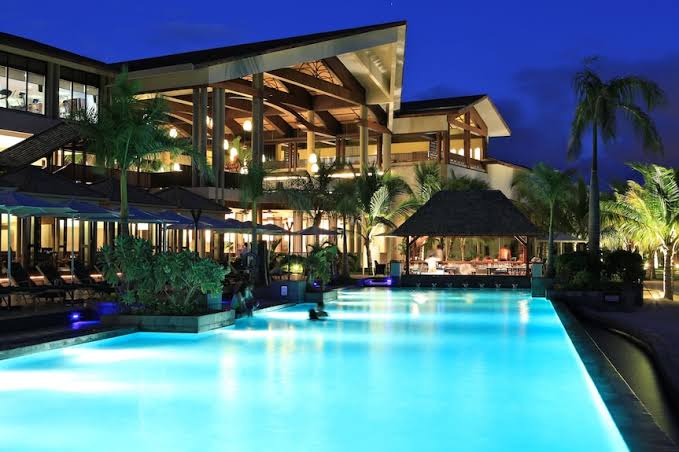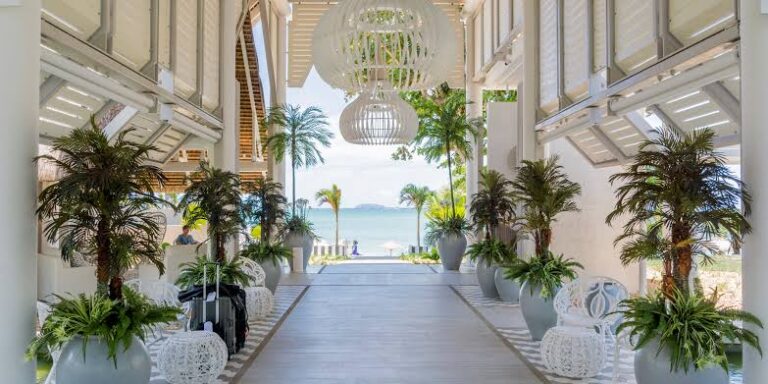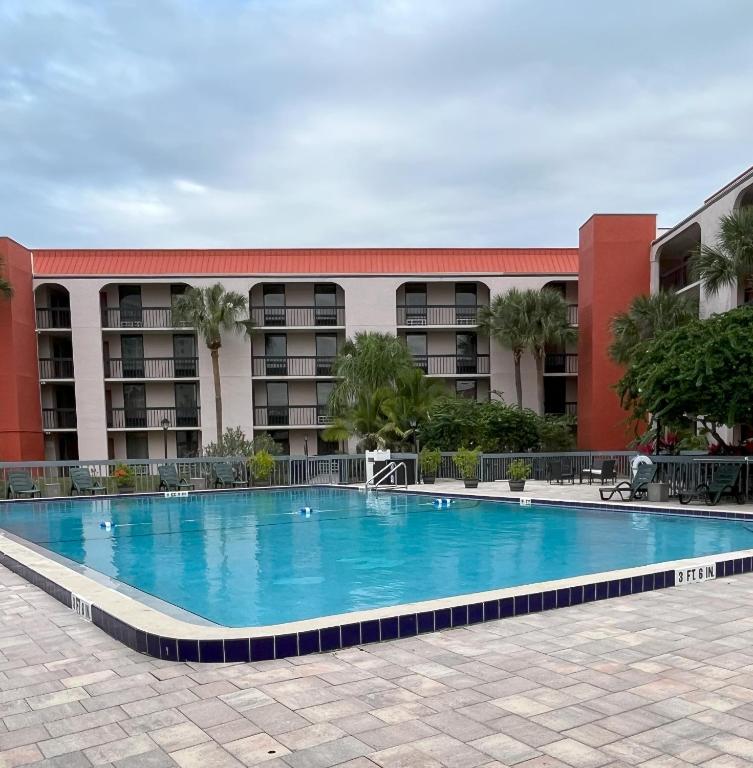The Echoes of Elegance: Inside the Legend of the Busch Hotel
The Echoes of Elegance: Inside the Legend of the Busch Hotel
Tucked deep in the folds of Colorado’s Snowshoe Ridge and rising like a ghost from pine-covered slopes, the Busch Hotel is a place where memory and myth entwine. Once a Gilded Age marvel, then a ruin ravaged by time, the hotel reopened its doors last year after decades of abandonment. Now restored to a shadow of its former self, it has once again become a sanctuary for wanderers, romantics, and the occasional ghost chaser.
The original Busch Hotel was completed in 1891, commissioned by German-American railroad tycoon Albrecht Busch. Determined to create a mountain sanctuary for the elite, Busch spent nearly $2.2 million—a staggering sum at the time—constructing what he called “a temple to modern civility.” The hotel, a sprawling structure of hand-carved sandstone, Douglas fir, and copper trim, boasted 97 rooms, a ballroom modeled after the Palais Garnier in Paris, and a glass-roofed conservatory filled with orchids and hummingbirds.
Today, it stands again, elegantly restored, the scent of pine mingling with sandalwood in the hallways, and an aura of melancholy grandeur surrounding its every corner.
The Rise of a Mountain Palace
Albrecht Busch was known for two things: building railroads and hosting parties that rivaled those of European royalty. After surviving the Panic of 1873 by selling off lesser lines and doubling down on high-altitude rail, Busch declared the Rockies the “future Riviera of the West.” The Busch Hotel, perched at 8,300 feet above sea level, would be his masterpiece and a declaration of that vision.
The original hotel opened with a masquerade ball attended by 400 guests, including senators, oil barons, and European diplomats. Photographs from the event—faded now but preserved in the hotel’s restored library—show women in jeweled bodices and men in crisp, white ties dancing beneath gaslit chandeliers. A string quartet from Vienna was flown in. Rumors claimed that King Leopold II sent a golden clock as a gift, though it has never been found.
What’s undeniable is that for the next 40 years, the Busch Hotel was the crown jewel of mountain luxury. It hosted presidents, movie stars, authors, and spies. Mark Twain reportedly penned several letters from Room 202, complaining about the altitude but praising the veal.
A Descent Into Shadow
No empire survives untouched, and neither did the Busch. The Great Depression hollowed its patronage, and in 1934, a fire destroyed the west wing, including the infamous Gold Salon. Reconstruction was attempted twice but stalled for financial and, some say, supernatural reasons.
Then came the War. The hotel was requisitioned in 1942 by the U.S. Army as a convalescent facility. Afterward, it passed from owner to owner—sometimes briefly reborn as a ski lodge, other times left to rot. By the 1970s, nature had begun reclaiming the building. Black bears nested in the basement. Moss overtook the marble staircases. The conservatory roof collapsed under the weight of a winter storm in 1982.
Yet the legend never quite died.
Urban explorers came in droves. Local teenagers dared each other to spend nights in the decaying ballroom. Stories emerged: of a maid who vanished without a trace in 1904; of a phantom violin heard at twilight; of mirrors that fogged with messages in German. In 1993, a pair of graduate students researching haunted sites in the Rockies published Echoes of the Busch, a cult-favorite monograph that helped cement the hotel’s mythical status.
The Return
In 2016, a reclusive architect named Jonathan Merrow purchased the land and ruins for a mere $500,000. A known eccentric with a fortune earned designing boutique eco-resorts in Patagonia and Kyoto, Merrow declared he would not “modernize the soul of the Busch, only coax it awake.”
Seven painstaking years later, the hotel reopened—quietly at first. Only 30 of the original rooms have been restored and retrofitted with modern amenities. The ballroom, though smaller, has been revived with Italian chandeliers and a hand-painted mural reconstructed from old photographs. The conservatory, now planted with alpine species and climate-resilient orchids, features a glass floor overlooking the mountainside.
Staying at the Busch today is less about convenience and more about communion—with nature, with history, and occasionally, with something not quite visible.
The Unseen Guests
One cannot write about the Busch Hotel without touching on the supernatural. Whether you’re a skeptic or a seeker, the hotel’s energy is hard to ignore.
Room 217 remains unbookable to the public, for reasons staff will not discuss. One bellhop (who asked not to be named) claimed the room locks itself from the inside. Others mention cold drafts, misplaced items, or hearing old music play when the ballroom is empty.
“I don’t believe in ghosts,” says hotel manager Elise Ramona. “But I believe in memory. And memory lingers. Especially in places built to preserve it.”
Guests, however, continue to report eerie experiences. In March, a French couple on their honeymoon left early after encountering what they described as “a woman in black standing by the fireplace who would not stop humming.” Security footage from that night shows nothing unusual, but the story spread fast. Social media hashtags like #BuschSpecter and #RoomOfWhispers have only fed the mystique.
Still, not all paranormal reports are sinister. Some guests say the presence they feel is protective. “It’s like someone’s watching, but not in a bad way,” one reviewer posted. “More like… making sure you’re okay.”
A Living Memory
Despite the lore—or perhaps because of it—the Busch Hotel is becoming a destination again. The restaurant, Edel & Ivy, sources trout from nearby streams and vegetables from a high-altitude greenhouse. The wine cellar, restored and expanded, boasts over 1,000 bottles, many donated by descendants of original patrons.
There’s no Wi-Fi in the rooms. Cell reception is patchy at best. But every night, at precisely 9:00 PM, a staff pianist plays a selection of 19th-century waltzes in the parlor. Guests, wrapped in shawls or tailored jackets, sip cognac by the fire and listen, some swaying, others simply staring into the flames as if waiting for a story to begin.
The staff, all trained in period etiquette, move through the hotel with the grace of a bygone era. No buzzing cell phones, no electric clocks. The only time you’ll find is the one etched in sunlight and candle glow.
The Legacy of Albrecht Busch
What would Albrecht Busch make of the modern hotel? Perhaps he would lament the lost wings, the reduction in grandeur. Or perhaps he would be satisfied that, 130 years after its founding, his “temple of civility” still welcomes guests.
A portrait of him hangs in the foyer—resplendent in waistcoat and pince-nez, flanked by mountain peaks. Beneath it, engraved in brass, are the words: “Only in stillness can we hear the echoes of greatness.”
Whether those echoes are real or imagined, the Busch Hotel continues to captivate, to unsettle, and to enchant. For those who venture there, it offers not just a place to rest, but a place to remember—and to wonder.
Sidebar: If You Go
Location: Snowshoe Ridge, CO (Nearest airport: Eagle County Regional, 90 mins drive)
Rates: From $420/night. Suite bookings must be made six months in advance.
Noteworthy Rooms:
- Room 107: Once Twain’s favorite. Overlooks the ridge.
- Room 312: Known for unusually warm light at dusk.
Tours: Daily architectural tours at 10 AM and 4 PM. Ghost tours on Fridays only.
Dining Tip: Try the elderflower trout with beetroot glaze.







